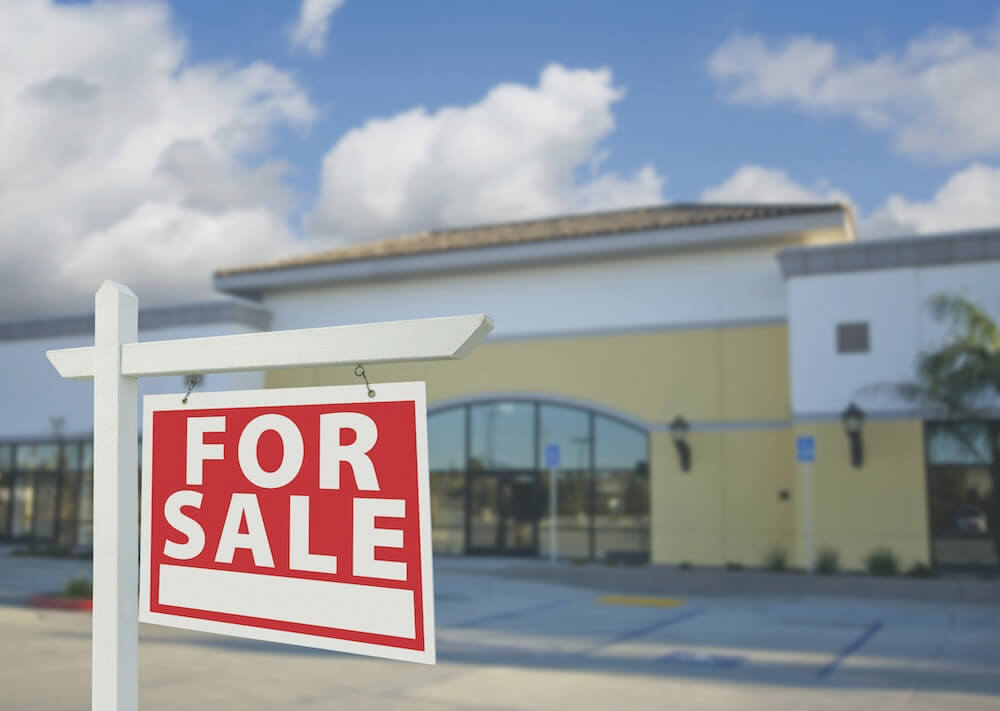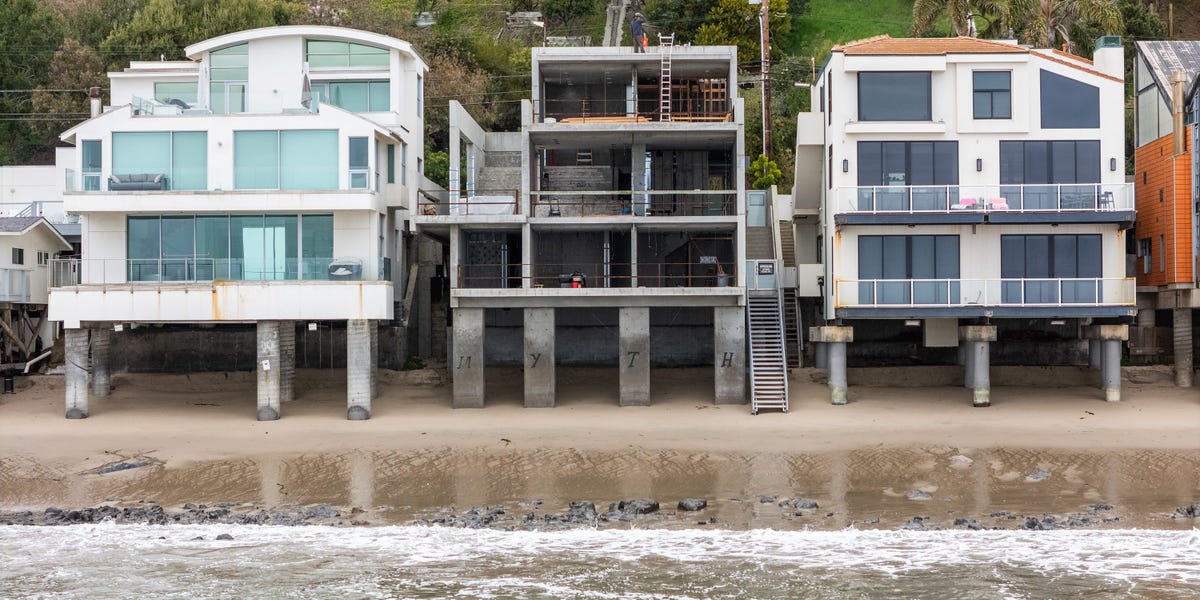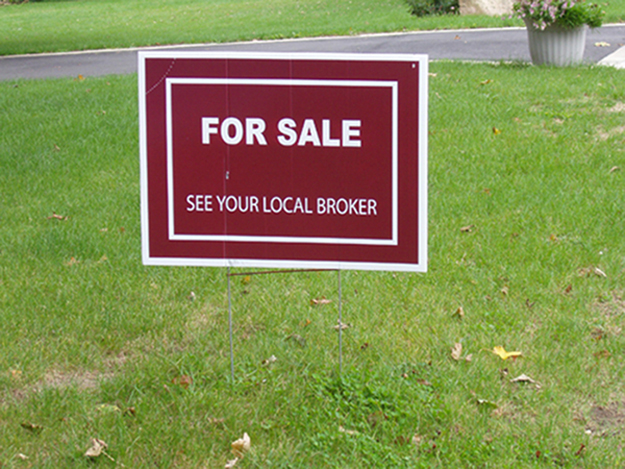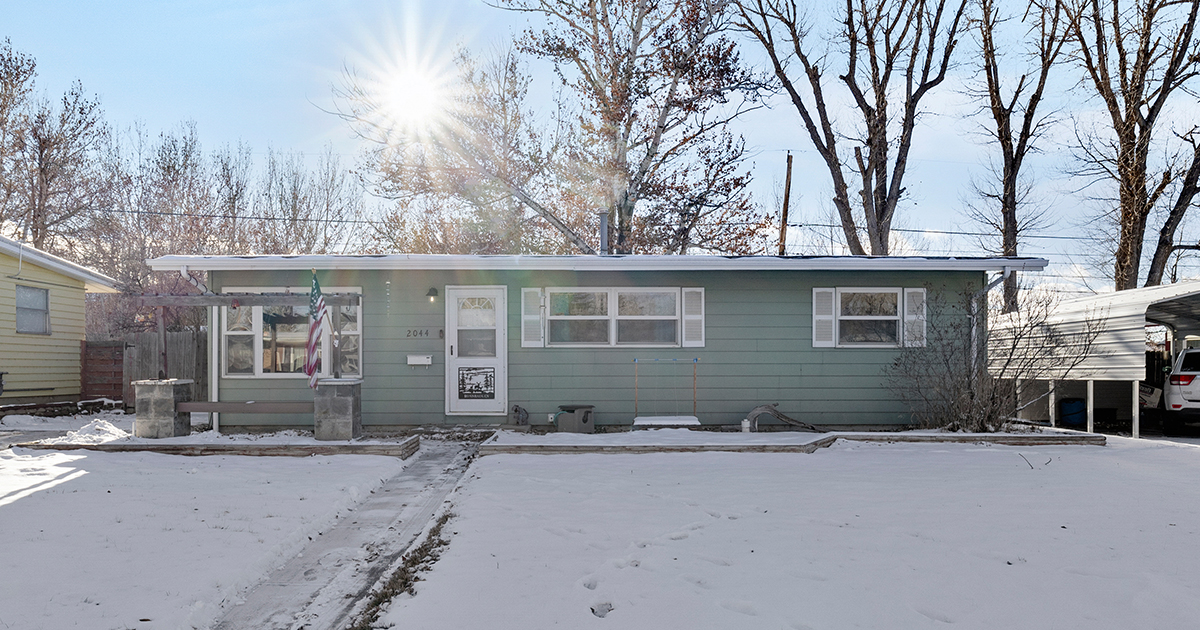A
labama’s commercial real estate scene is evolving as entrepreneurs adapt to limited inventory, higher construction costs, and a shrinking labor pool. Many are willing to settle for smaller or less‑ideal sites, and some are even moving to entirely new markets. Political constraints and workforce shortages add complexity, yet demand for retail space remains robust across the state.
Retail trade—encompassing food service, bars, and other consumer outlets—provides roughly 473,000 jobs, according to the Alabama Retail Association. The association represents over 4,000 members who operate about 6,000 locations, employing a quarter of the private‑sector workforce and generating nearly $11 billion in payroll.
Retail Specialists, a Birmingham‑based firm with 37 licensed agents and more than 70 staff members serving Alabama, Mississippi, Georgia, Texas, and California, has been active for two decades. In 2011 it launched Retail Strategies, a consulting arm focused on retail recruitment, education, downtown revitalization, and small‑business support. Executive vice president of leasing and brokerage David Ashford notes that retailers and restaurateurs are eager to expand in Alabama, but rising construction costs and rent pressures force them to be flexible. “We’re seeing prices climb on land and shop space, which makes site selection a headache,” he says. “When options are scarce, businesses may abandon the market entirely.”
A recent case illustrates this trend: a food‑and‑beverage concept sought a location on Birmingham’s Highway 280 but found no suitable space, prompting a pivot to Dothan and South Alabama. Ashford explains that if a retailer cannot secure affordable, buildable space, it will relocate elsewhere. Consequently, fewer new shopping centers are emerging, and many retailers are downsizing. “Twenty‑thousand‑square‑foot stores are shrinking to about twelve thousand square feet,” he says, targeting towns with populations between 50,000 and 100,000. Five Below exemplifies this shift, moving from 16‑ to 18‑k square‑foot stores to 8‑ to 10‑k square‑foot sites in places like Hartselle and Sylacauga. With rents hovering in the mid‑$40s per square foot, retailers are exploring tertiary markets to reduce costs.
Online competition has intensified the need for support in smaller cities. Specialty brands such as Warby Parker are expanding brick‑and‑mortar footprints, while college towns—Tuscaloosa, Auburn, and others—see a surge in downtown retail activity. “Alabama is retail‑heavy,” Ashford observes, citing Publix’s strong performance. The post‑COVID rebound has driven consumer spending on food, beverage, and entertainment, fueling growth in the sector.
City incentives and public‑private partnerships are becoming essential for new construction. “Most new projects now require some form of partnership unless the market is booming,” Ashford notes. Huntsville, for example, attracts retailers without heavy incentives because the market itself is compelling. In smaller markets, Ashford’s team advises municipalities on structuring tax incentive packages.
The coffee and breakfast niche remains sizable, with new concepts like Small Sliders and Dog Haus—an LA‑based biergarten‑style hot‑dog chain—showing interest in Alabama. However, economic realities temper enthusiasm. Steel prices remain high, tariffs are uncertain, and construction backlogs loom. “Labor shortages strain the construction market,” Ashford says, adding that ICE raids have disrupted the workforce. A contractor reported that 30 workers were removed from a site mid‑day, extending project timelines and driving up labor costs. Skilled labor is pricier than unskilled, further inflating expenses.
Despite these challenges, the overall picture is mixed. In South Alabama, White‑Spunner Realty’s managing broker Chris Harle reports a dip in property inquiries. Rising operating costs, coupled with high occupancy rates, have pushed rental rates upward. “The spaces that remain are often below A‑class or require significant work, and high occupancy has forced rents higher,” Harle explains. He notes that two former restaurant spaces have sat vacant longer than expected; operators cite staffing shortages as a barrier to expansion. White‑Spunner’s data show that most retail owners now prefer existing properties over new builds, as construction costs make new projects financially unviable.
The University of Alabama’s Alabama Center for Real Estate (ACRE) surveyed industry professionals in Q3 2025, scoring 59.9—a moderate outlook for commercial real estate growth. Wages have risen, supporting consumer spending. ACRE director Stuart Norton cites the National Association of Realtors’ report that the Birmingham‑Hoover metro area experienced 8.1% wage growth in March 2025, double the national average of 3.6%. In the same metro, retail rents grew 3.5% over the first quarter of 2025, a sharp turnaround from the 1.2% decline in Q1 2024, with a vacancy rate of 4.1%. Norton predicts a significant uptick in demand for all property types in Huntsville, especially after the U.S. Space Command’s relocation from Colorado.
Deborah Storey, a Huntsville‑based freelance contributor, highlights these trends in the November 2025 issue of Business Alabama. The state’s retail landscape continues to adapt, balancing rising costs, workforce challenges, and evolving consumer preferences while leveraging incentives and partnerships to sustain growth.













